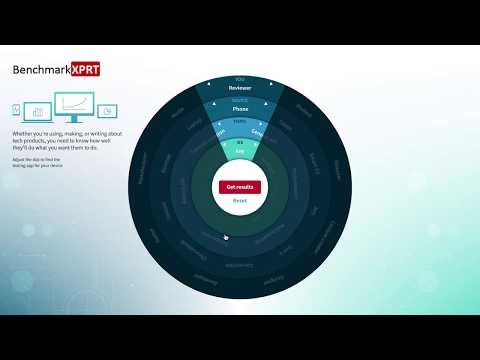I recently saw an article called “4 lessons for modern software developers from 1970s mainframe programming.” This caught my eye because I started programming in the late 1970s, and my first programming environment was an IBM 370.
The author talks about how, back in the old days, you had to write tight code because memory and computing resources were limited. He also talks about the great amount of time we spent planning, writing, proofreading, and revising our code—all on paper—before running it. We did that because computing resources were expensive and you would get in trouble for using too many. He’s right about that—I got reamed out a couple of times!
At first, it seemed like this was just another article by an old programmer talking about how sloppy and lazy the new generation is, but then he made an interesting point. Programming for embedded processors reintroduces the types of resource limitations we used to have to deal with. Cloud computing reintroduces having to pay for computing resources based on usage.
I personally think he goes too far in making his point – there are a lot times when rapid prototyping and iterative development are the best way to do things. However, his main thesis has merit. Some new applications may benefit from doing things the old way.
Cloud computing and embedded processors are, of course, important in machine learning applications. As we’re working on a machine learning XPRT, we’ll be following best practices for this new environment!
Eric













